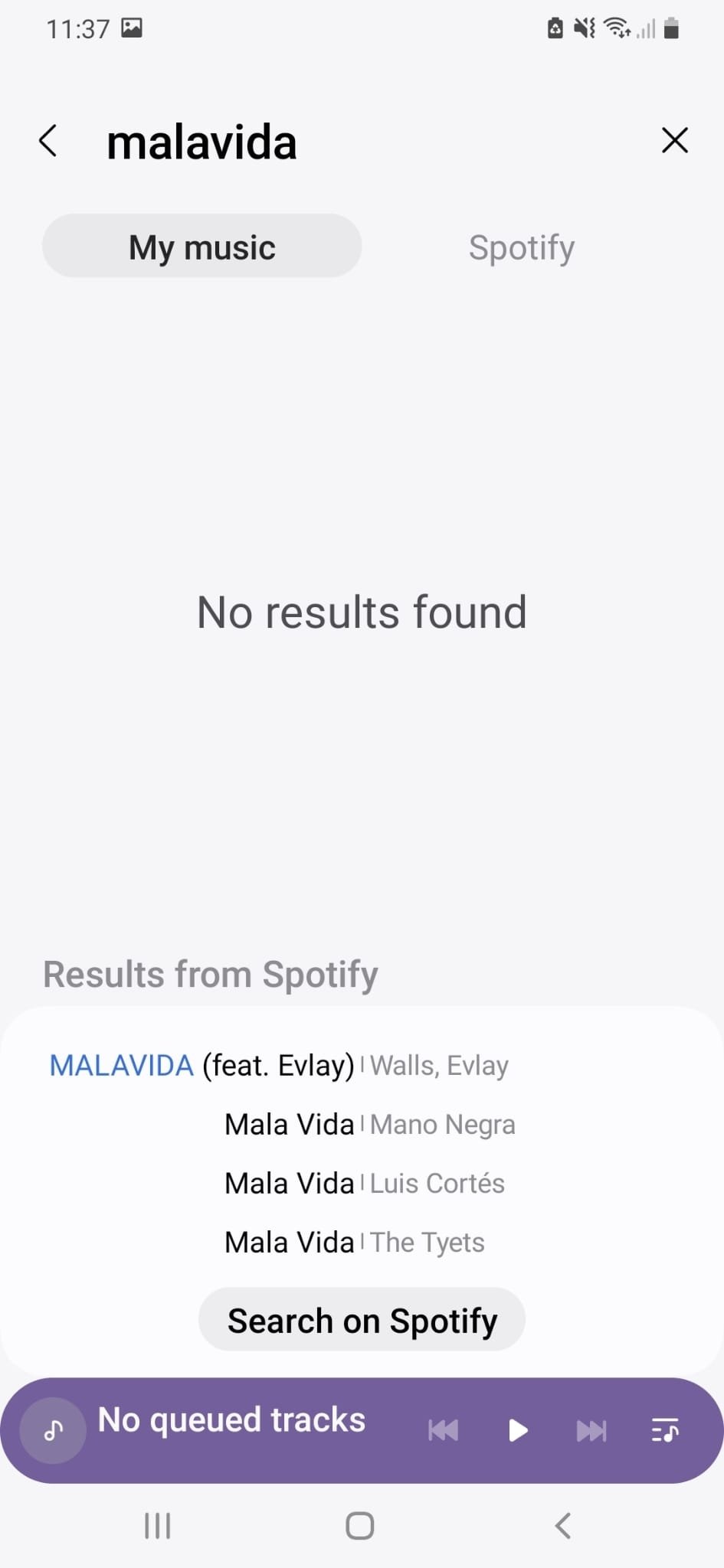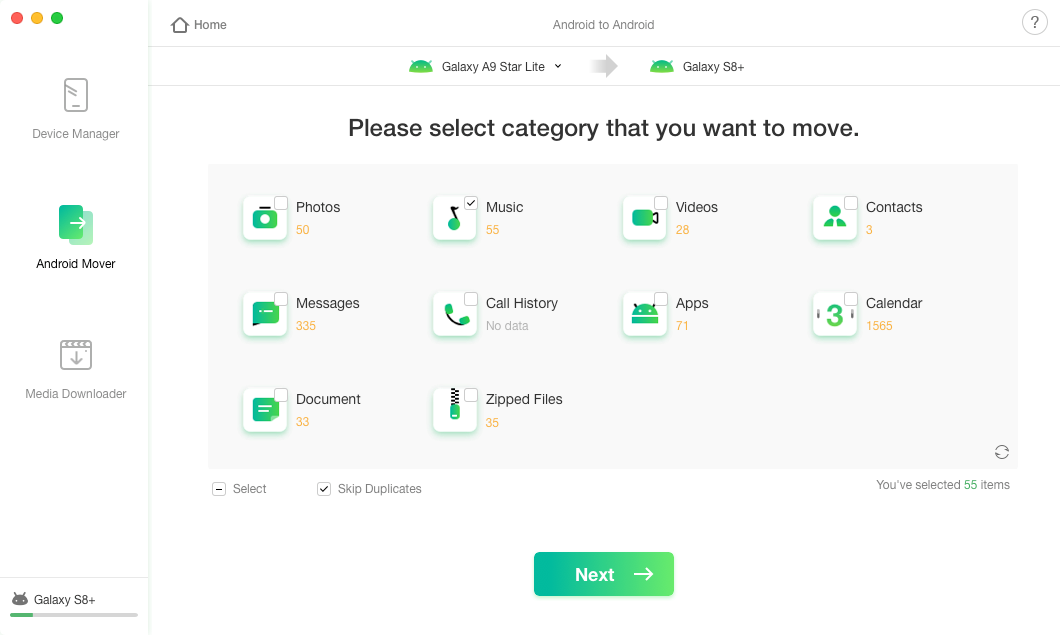

(That won't affect your ability to get notifications, incidentally those are controlled separately in the "Notifications" section of the app's settings.)
#LINE APP DOWNLOAD FREE FOR SAMSUNG UPDATE#
In the Twitter Android app, for instance, you'll find a section called "Data usage." Tap it and then uncheck the box next to "Sync data" to make the app update only when you're actively looking at it.

One by one, open up any social or news apps on your phone and look for data-saving opportunities in their settings. You can opt to disable that behavior - and in most cases, you probably won't even notice the difference. Social and news apps tend to be among the worst at this, as they often check in at regular intervals throughout the day in order to pull in new updates. We'll start by seeking out and limiting specific instances of unnecessary background data use. Now that we know what's eating through your mobile data, it's time to start addressing it. Keep all of that in mind as we move through the following steps. That'll give you a breakdown of how much of the app's data usage was in the foreground - in other words, the result of something you actively did with your display on - and how much of it was in the background, or taking place without your active involvement.Īndroid's data usage tool shows you a breakdown of each app's consumption for any given period of time. If you see anything else that's responsible for more than a few megabytes of mobile data, tap on it to take a closer look. Make a mental note of any such items we'll get into the specifics of dealing with them in a moment. Many of the top offenders will likely be social media programs, web browsers, and apps that involve streaming audio or video. However you get there, you'll be greeted with a detailed overview of exactly what apps burned through your mobile data over the most recent 30-day cycle (and if you want even more context, you can look back in previous cycles by tapping the dates at the top of the screen and selecting an earlier range). And on Samsung's recent Android implementations, you'll march into the Connections section of the system settings, then tap "Data usage" followed by "Mobile data usage.".On Google's version of Android 12, you'll head into the Network & Internet section and then tap "Internet" followed by the gear-shaped icon next to your carrier's name and then "App data usage" (whew!).
:max_bytes(150000):strip_icc()/16509435010_b809dc29df_b-57dec2635f9b58651638c7f1.jpg)


 0 kommentar(er)
0 kommentar(er)
